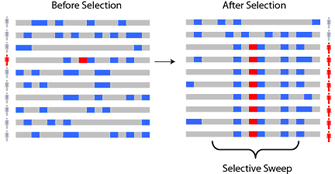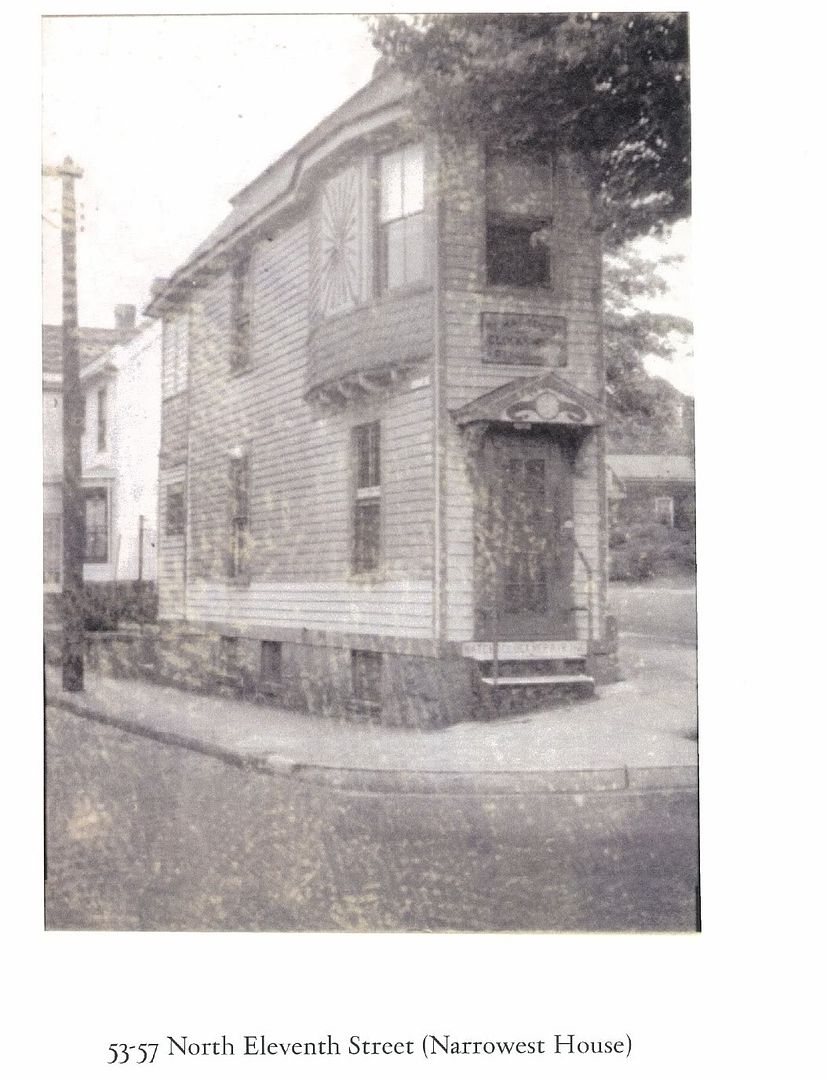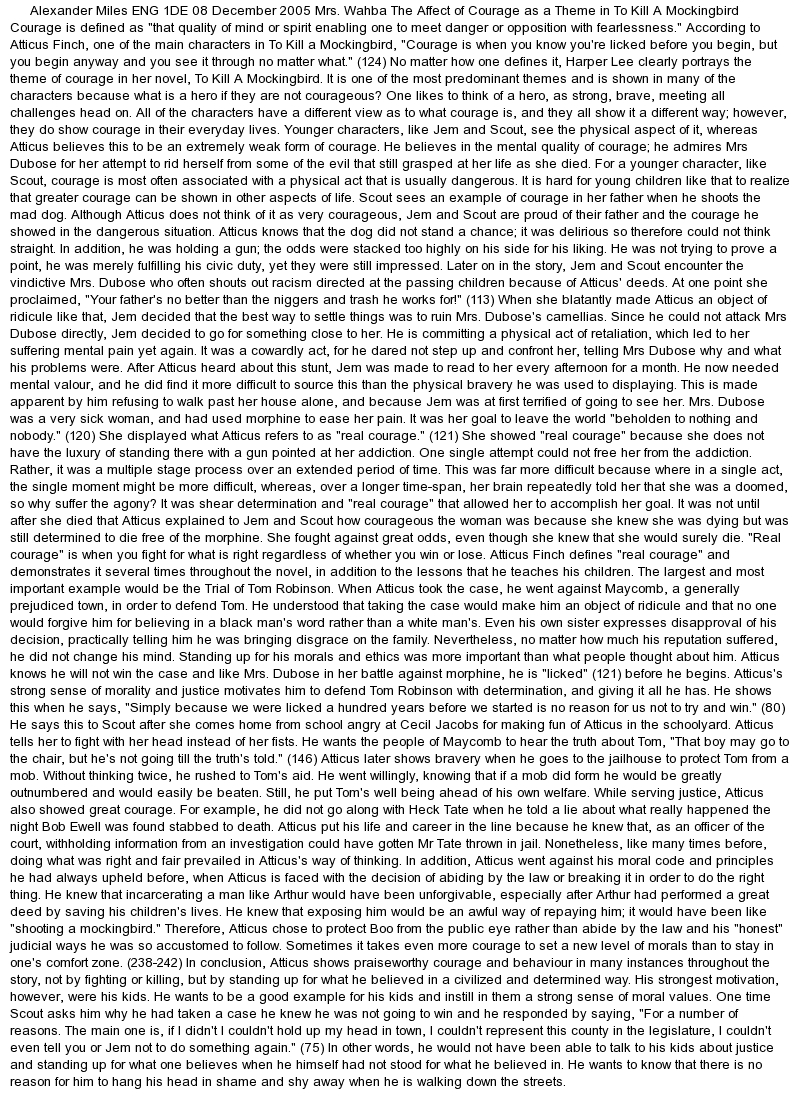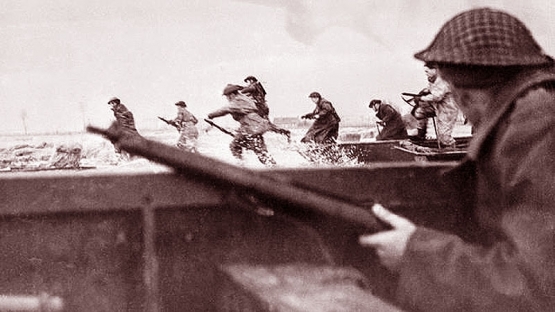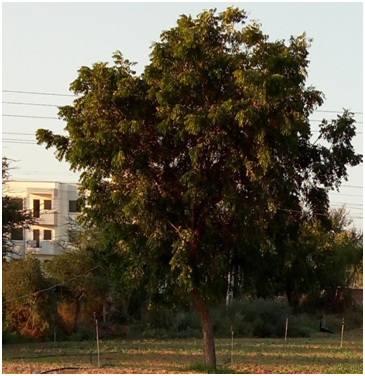Brachial Plexus Birth Palsy: The Boston Children's.
The purpose of this article is to review our institution's experience with and current approach to the treatment of brachial plexus birth palsy (BPBP). Specific focus is made on the microsurgical treatment of extraforaminal nerve ruptures, the effects of long-standing BPBP on glenohumeral development, and the results of secondary reconstructive surgery for shoulder dysfunction in chronic BPBP.This may lead to a brachial plexus injury because of the stretching within the neck and stress on the nerves. Mothers who are of small stature are at risk for this type of birth, which can occur in up to .01 percent of all deliveries. A child’s brachial plexus may also come into contact with the mother’s pelvic bone during delivery.Brachial plexus birth palsy (BPBP) is defined as an injury to any nerve root of the brachial plexus during difficult delivery. BPBP is relatively rare; its incidence has remained constant over the last few decades, mostly due to unpredictable risk factors, such as shoulder dystocia.
Brachial plexus birth palsy (BPBP) is a neurological condition that results from nerve injury to the brachial plexus; C5-T1, which supply the upper extremities (1,2).Obstetric Brachial Plexus Palsy Health And Social Care Essay The estimated incidence of OBPP in the UK and the Republic of Ireland is 0.42 ( 1 ), in the US 1.5 ( 23 ) and in other western states 1-3 per 1000 unrecorded births ( 3,5,9,22,24-30 ) .Variations in the estimated incidence may be explained by differences in populations and in the antenatal and intrapartum direction ( 31,32 ).
Brachial plexus birth injury, also known as brachial plexus injury, is an injury to the brachial plexus nerves that occurs in about one to three out of every 1,000 births The nerves of the brachial plexus may be stretched, compressed, or torn in a difficult delivery.




